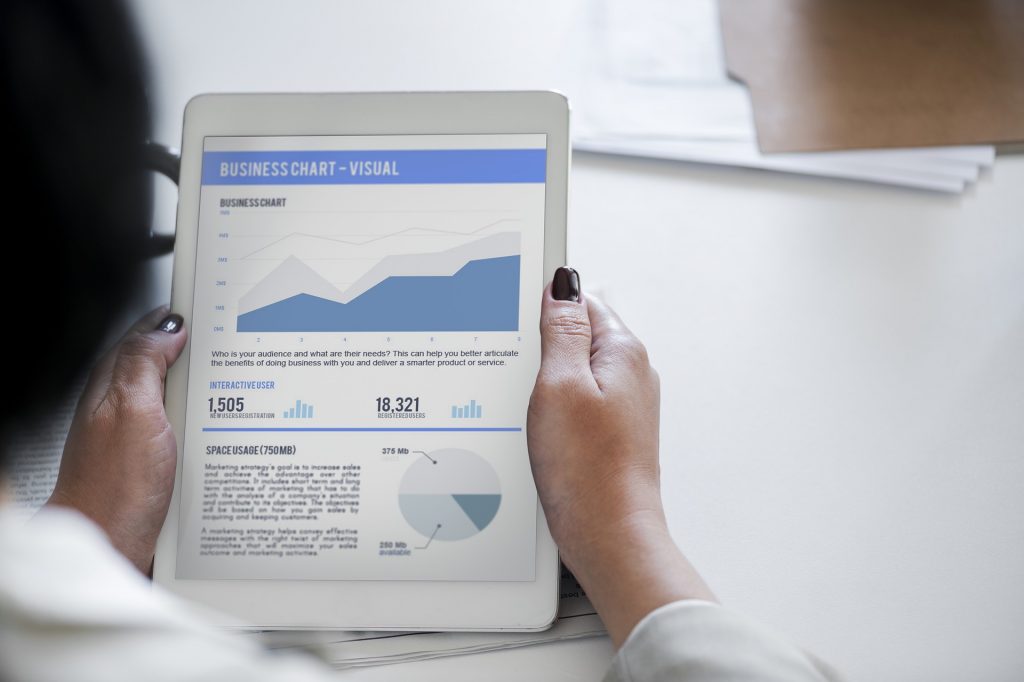In the last 12 months, Customer Data Platforms (CDPs) have become something of a focal point for marketing executives. It seems there are different CDP’s emerging onto an increasingly saturated market place every day. Between Simon Data’s platform, Learn Segment, mPartical, and more, marketing executives are working overtime to understand what all of these CDP’s do and how they interact with other systems. Between tag managers, data warehouses, and more, the pressing questions remain: what do each one of these systems do, and which systems do they complement, replace, or interact with?
At the same time, there has been a similar evolution with Data Management Platforms (DMPs). All of this movement into/ out of the market for CDPs and DMPs begs the question: how do CDPs relate to DMPs? More importantly, who needs which type of software? It seems clear that DMPs and CDPs are separate systems with complementary functions. This piece explores further.
DMPs – An Overview of Data Management Platforms for Digital Marketing
The Data Management Platform (DMP) is a tool used to gather 2nd and 3rd party user data from the Internet and organize it into a more useful structure for marketers. A DMP assigns a unique cookie ID to a user, allowing that cookie to gather information about the user’s behavior online. From there, the DMP creates anonymous user profiles that contain the information collected about each user’s behavior online. By making this data available to DSPs like Doubleclick, DMPs enable media buyers to target large numbers of users who share certain preferences or audience affinities. This is why you see recommended or related products when you shop on websites such as Amazon. DMPs also allow paid media analysts to discover new untapped audiences and gain attribution insight.
DMPs In Action
If you’ve ever worked with Google AdWords or DoubleClick, you may be used to custom affinity audiences provided by DMP platforms like Oracle BlueKai, Salesforce DMP, and Nielsen. A DMP uses cookies and IP addresses to pull 3rd party user data and keep track of user behavior and interests. To give you an example of what that means, a DMP like BlueKai would allow a media buyer for Marvel to target “Comic Book Nerds” through a DSP like DoubleClick.
CDPs – An Overview
CDPs generally have the ability to create “user profiles.” A Customer Data Platform creates a persistent, unified customer database that is accessible to other systems. In other words, it maintains a database of 3rd party data collected elsewhere. It does not collect data; instead, it organizes data and empowers media buyers to make more meaningful ad spending decisions.
Unlike DMPs, a Customer Data Platform (CDP) has 3 different levels of functionality:
- Level 1) – the ability to store the data of anonymous customers
- Level 2) – the ability to pass data onto other systems
- Level 3) – the ability to actually act on the data
CDPs in Action
Ideally, the right CDP should have all three levels of functionality. The CDP software should have the ability to store data, pass that data to other systems you may be using – for example Amazon or Facebook – and ultimately act on the data the CDP stores and passes. The key distinction between CDPs and DMPs is that CDPs do NOT have the ability to collect user data on their own.
Do I Buy a DMP or CDP?
DMPs and CDPs are complementary software systems that allow digital marketers to make more intelligent ad buying decisions when used in tandem. They allow ad buyers to collect, store, transfer and better understand data. The ultimate goal is to allow marketers to execute on their findings in ways that maximize ROI on ad buys across the Internet.
Premiere Creative makes effective use of DMPs and CDPs simultaneously. Investment in both systems has allowed Premiere to drive tremendous value for clients across a broad swath of verticals. Make sure to subscribe to our blog for the latest digital trends and industry updates or give us a call today at (973) 346-8100.

